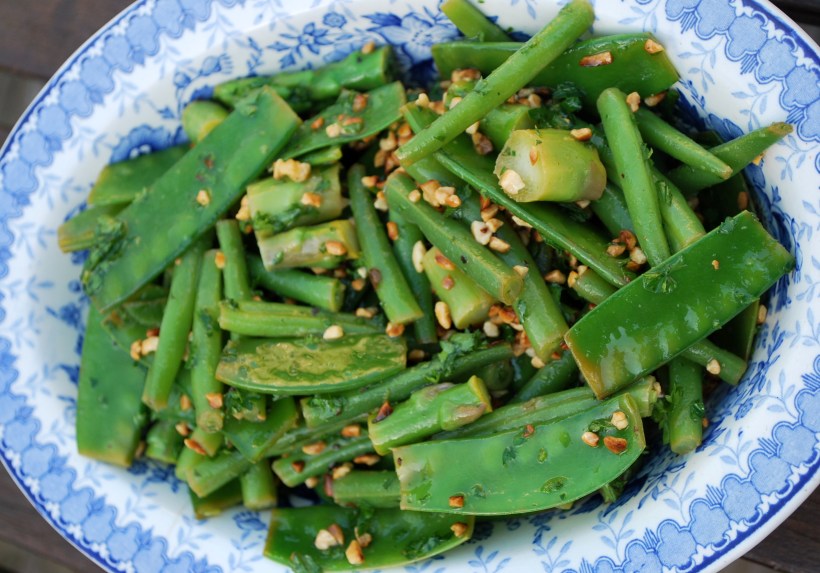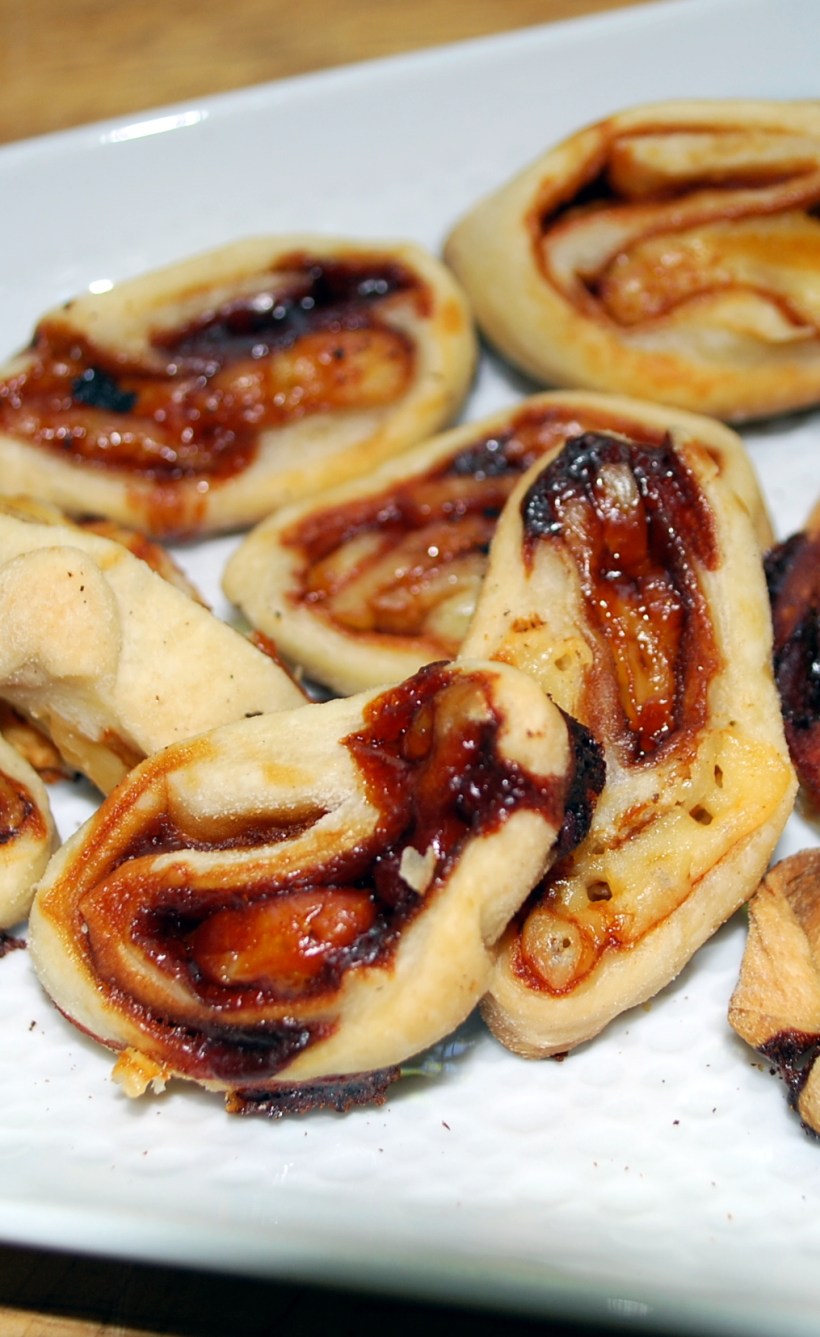I’m a person who thinks that most vegetables, especially those which have just been picked from the garden, don’t need too much messing around with. There are few vegetables that don’t respond well to blanching or steaming, a drizzle of olive oil and a squeeze of lemons. But let’s be honest, sometimes we fancy a change.
Any of you who grow your own vegetables will be faced at some point with a glut. While we are in England we are only managing to grow a few things. The tomatoes are STILL green and with only 3 runner bean plants, we’re not exactly dealing with kilos of them.
However, lovely fresh and sweet tomatoes from the next door county of Kent are being devoured daily and I decided to make a quick and fresh summer vegetable dish. Delicious as a side dish, or serve it at room temperature with some cheese and salamis, plenty of crusty bread and (of course) a chilled glass of wine.
Ingredients
- About 200g runner beans, shredded or cut into chunks and blanched in salted, boiling water for about 3 minutes
- 2 fat cloves of garlic, peeled and finely chopped or crushed
- A few generous glugs of olive oil
- About 4 ripe tomatoes (peeled or not, you decide), finely chopped, puréed or grated
- Sea salt and freshly ground pepper
- Half a teaspoon of smoked pimentón
- A sprig of fresh rosemary (optional)
Slowly warm your olive oil in a small deep pan (if you have an earthenware cazuela, even better) into which you have put the chopped garlic. Once the garlic has softened, but not browned, and your kitchen is filled with wonderful warm garlicky smells, add the tomato, a little seasoning, the rosemary and the pimentón.
Continue to cook gently for two or three minutes until it all starts to come together, then add the blanched beans. Cook for a further couple of minutes to allow the beans to soften a little more, but not lose their colour.
Leave to cool down slightly, best served at room temperature.
And now a cloud shot from the other day – I just thought it was so weird and beautiful. I’m sure there is a special name for this kind of cloud formation, please do enlighten me if you know!
If you enjoy runner beans, why not try runner beans with garlic and bacon or perhaps with prawns and potatoes?











